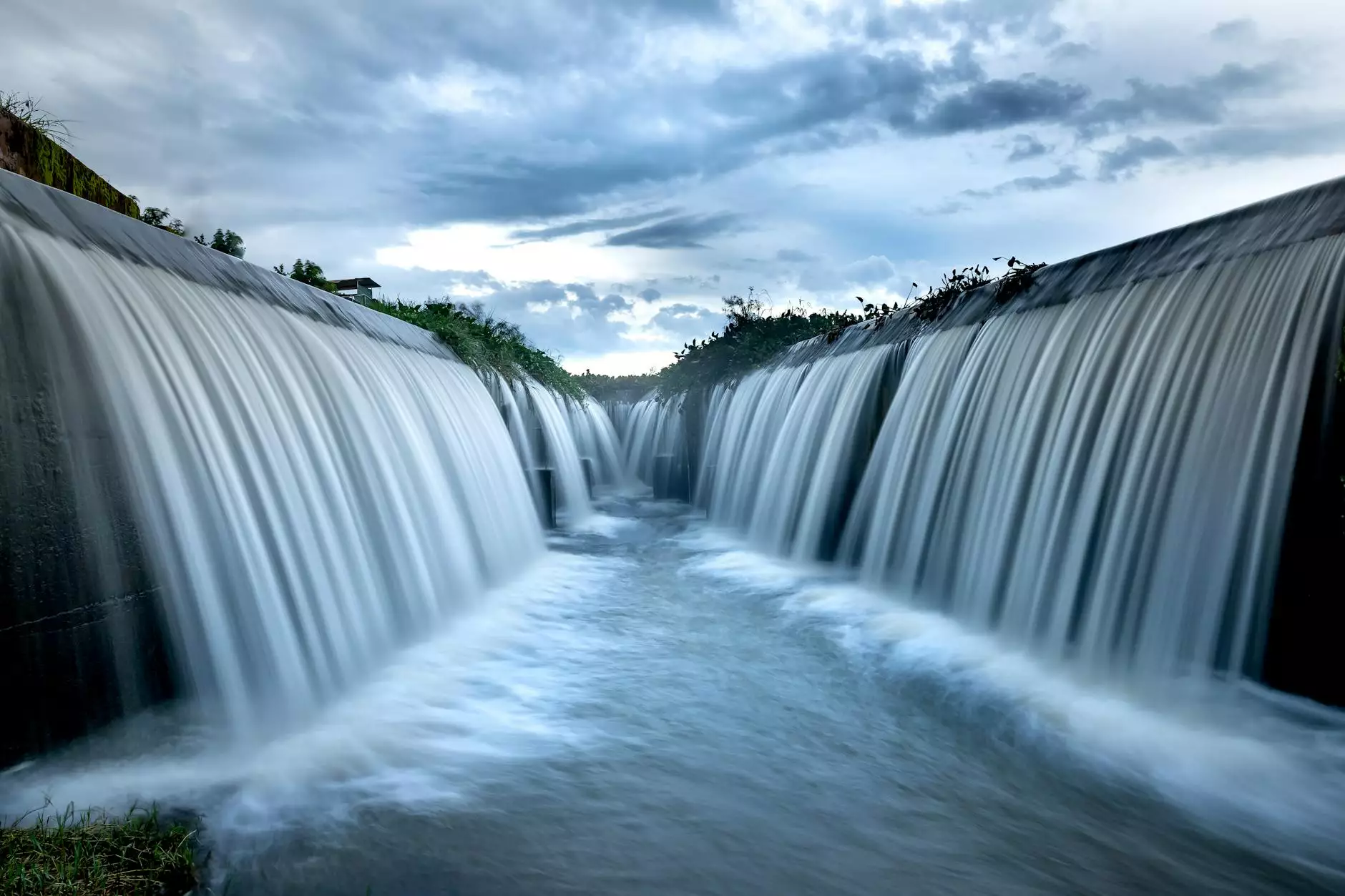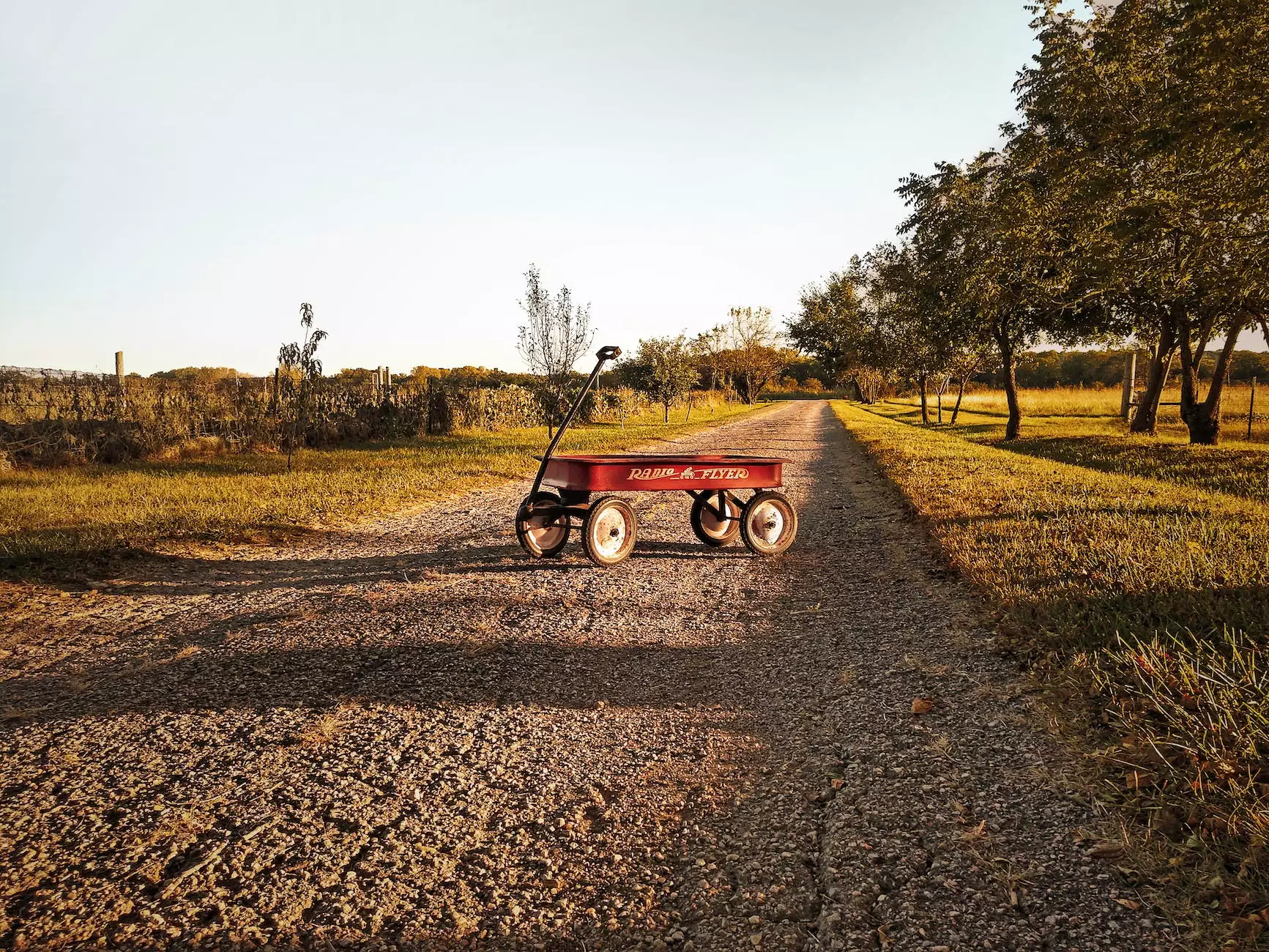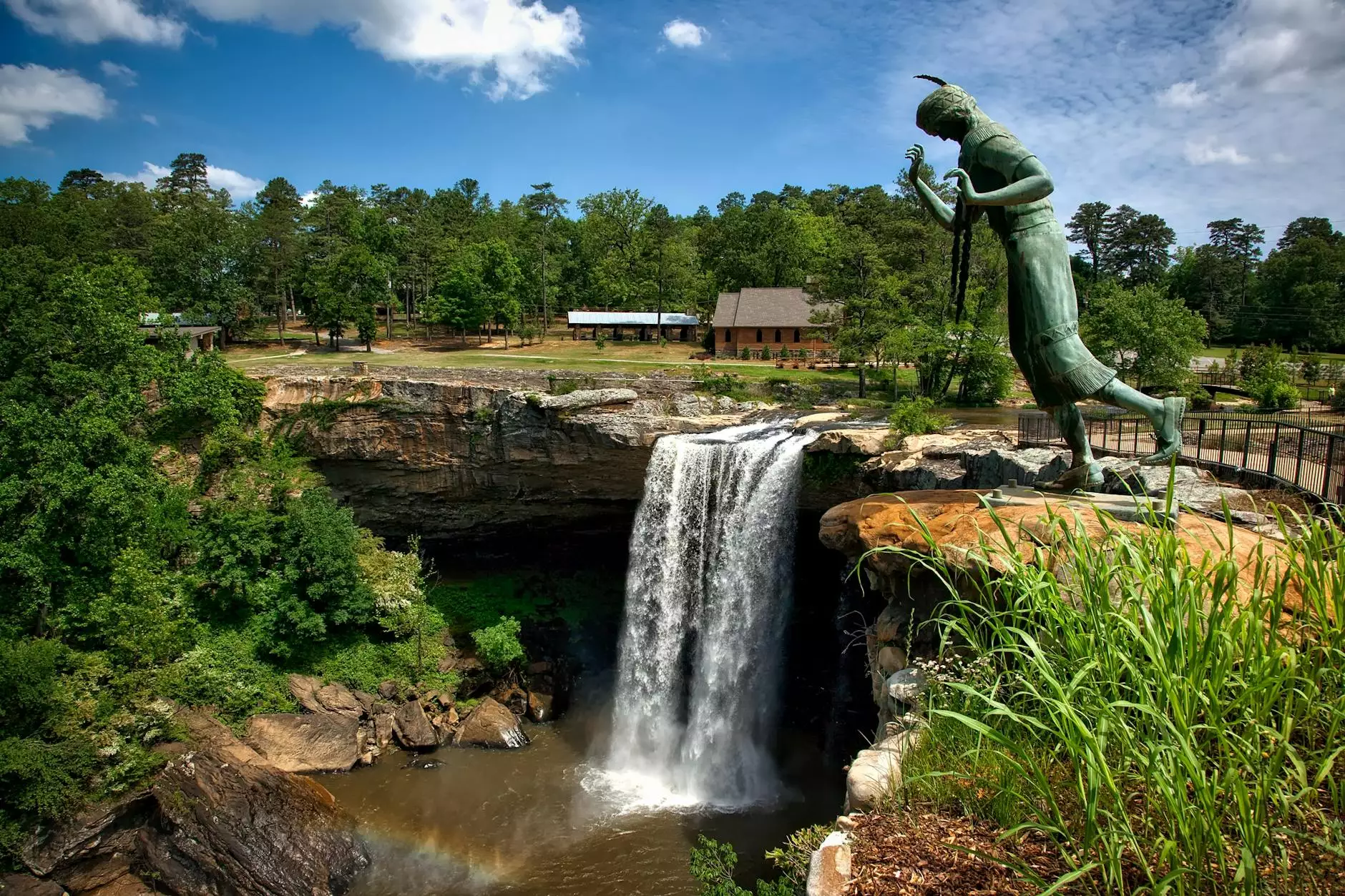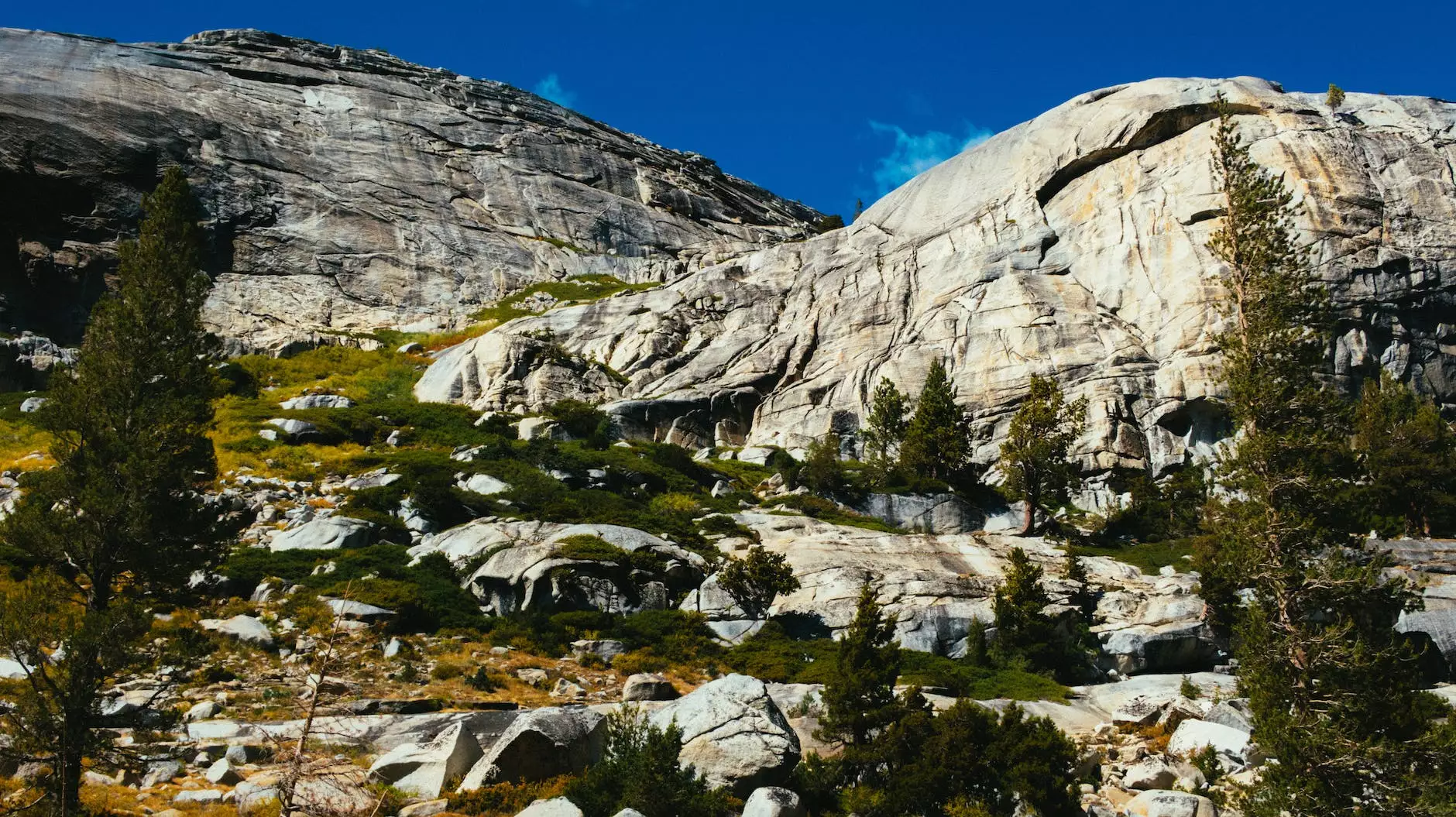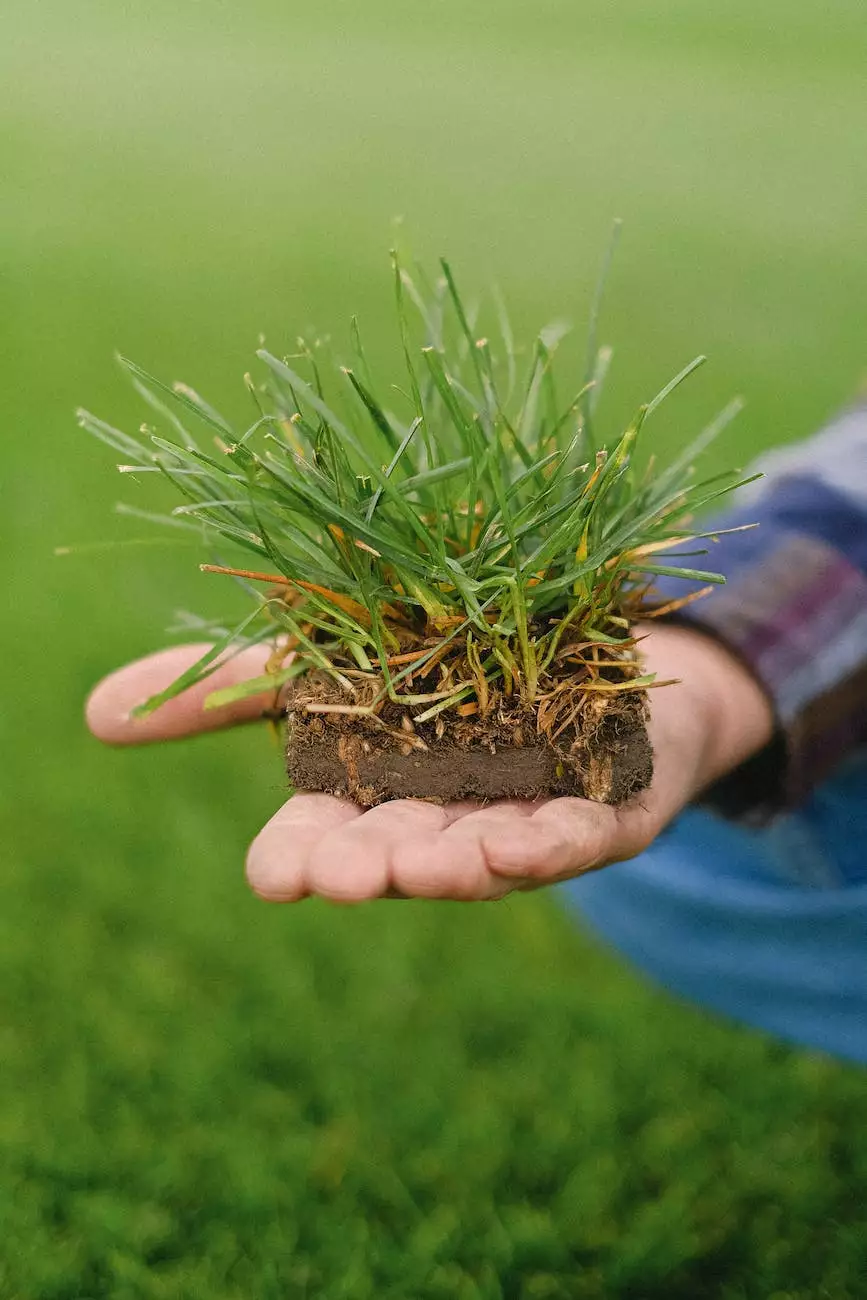Can I Remove Snow and Ice on My Artificial Grass?
Artificial Grass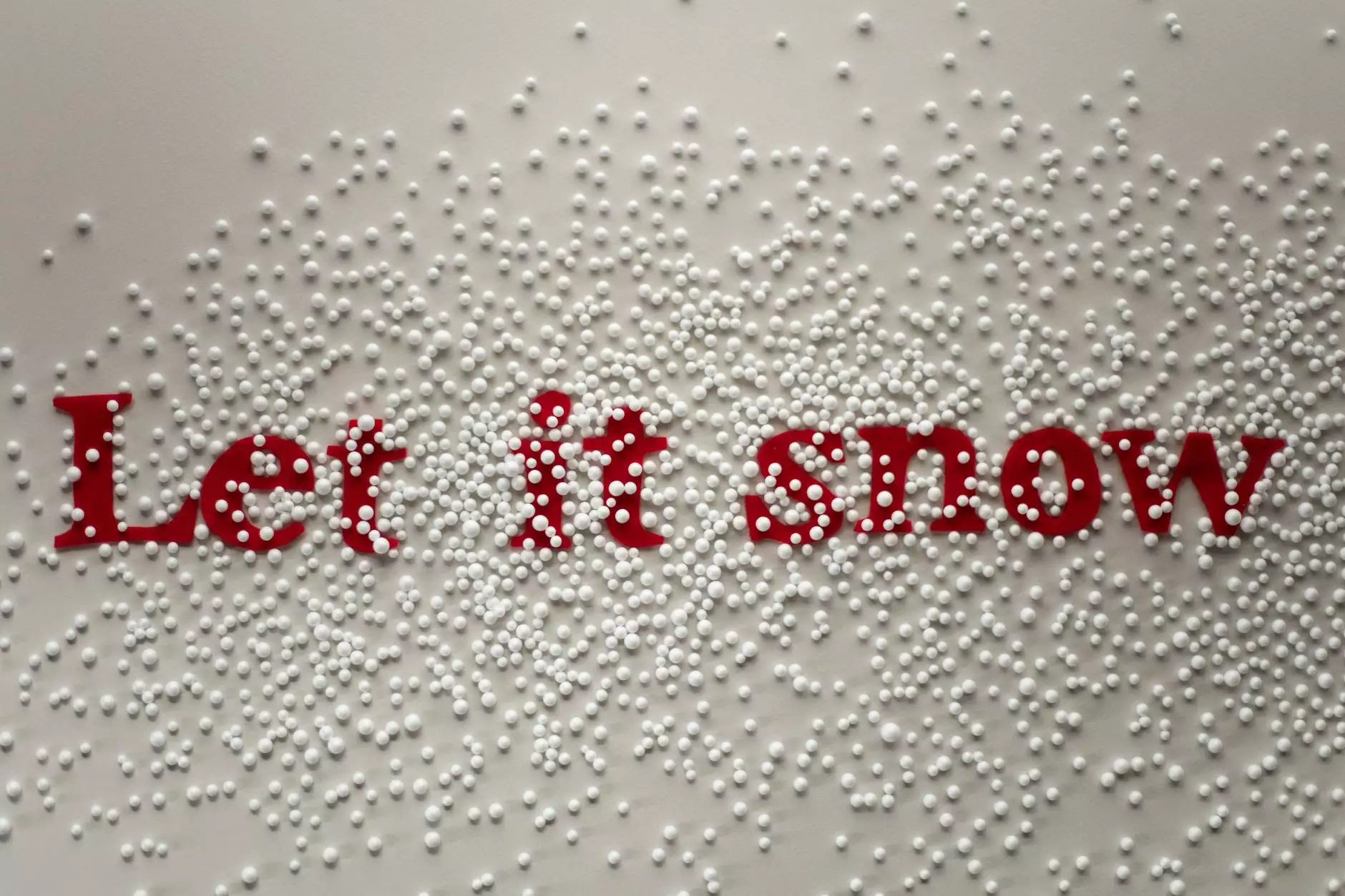
When winter arrives, many homeowners with artificial grass wonder about the best practices for removing snow and ice without causing any damage. At Metate Industrial Supply, we understand your concerns and are here to provide expert advice and tips on maintaining and caring for your artificial grass during the winter months.
The Importance of Proper Snow and Ice Removal
Removing snow and ice from your artificial grass is essential to prevent potential damage and ensure its longevity. Heavy snow accumulation or prolonged ice coverage can cause the blades to flatten, which affects the overall appearance of your lawn. Additionally, if not removed properly, the weight of snow and ice can put unnecessary stress on the turf fibers and weaken the backing material.
Safe Methods for Snow Removal on Artificial Grass
1. Use a Soft Bristle Broom: To avoid damaging the grass fibers, use a broom with soft bristles to gently sweep off the snow. Start from the edges and work your way inward, taking care not to push the snow into the turf. This method is ideal for light snowfall or when the snow is powdery.
2. Use a Plastic Shovel: If the snowfall is heavier or compacted, a plastic shovel can be used to carefully lift the snow off the artificial grass. Be sure to choose a shovel with a non-abrasive edge to prevent scratching the surface. Avoid using metal shovels or tools with sharp edges, as they can cause damage to the turf.
3. Apply a De-Icing Agent: In cases of freezing rain or ice build-up, you can apply a de-icing agent specifically designed for artificial grass. These agents help melt the ice without harming the grass fibers or altering the color. Follow the instructions provided by the manufacturer to ensure safe and effective use.
Tips for Safe Snow Removal
- Avoid using salt or chemical de-icers not specifically formulated for artificial grass, as they can cause discoloration or damage to the turf.
- Do not use hot water to melt the snow, as it can result in the formation of ice patches when the water refreezes.
- Do not scrape or chip at the ice forcefully, as this can lead to tears in the turf fibers.
Preventing Snow and Ice Accumulation
In addition to proper snow removal techniques, there are preventive measures you can take to minimize snow and ice accumulation on your artificial grass.
Installing Heating Systems
Consider installing a heated mat or under-turf heating system to prevent snow and ice build-up on your artificial grass. These systems provide a constant source of heat, preventing the formation of ice and making snow removal easier.
Clearing Obstacles
Before winter arrives, ensure that any obstacles or objects on the artificial grass, such as furniture or toys, are removed. These can trap moisture and freeze, leading to potential damage to the turf.
Regular Brushing
Regularly brushing your artificial grass helps prevent the accumulation of debris or snow. By keeping the blades upright, you create an environment where snow and ice are less likely to settle.
Conclusion
With proper care and maintenance, you can safely remove snow and ice from your artificial grass without causing any damage. Follow the recommended methods and techniques outlined above to ensure the longevity and beauty of your lawn throughout the winter season. Remember, at Metate Industrial Supply, we are always here to provide expert advice and support for all your artificial grass needs.


